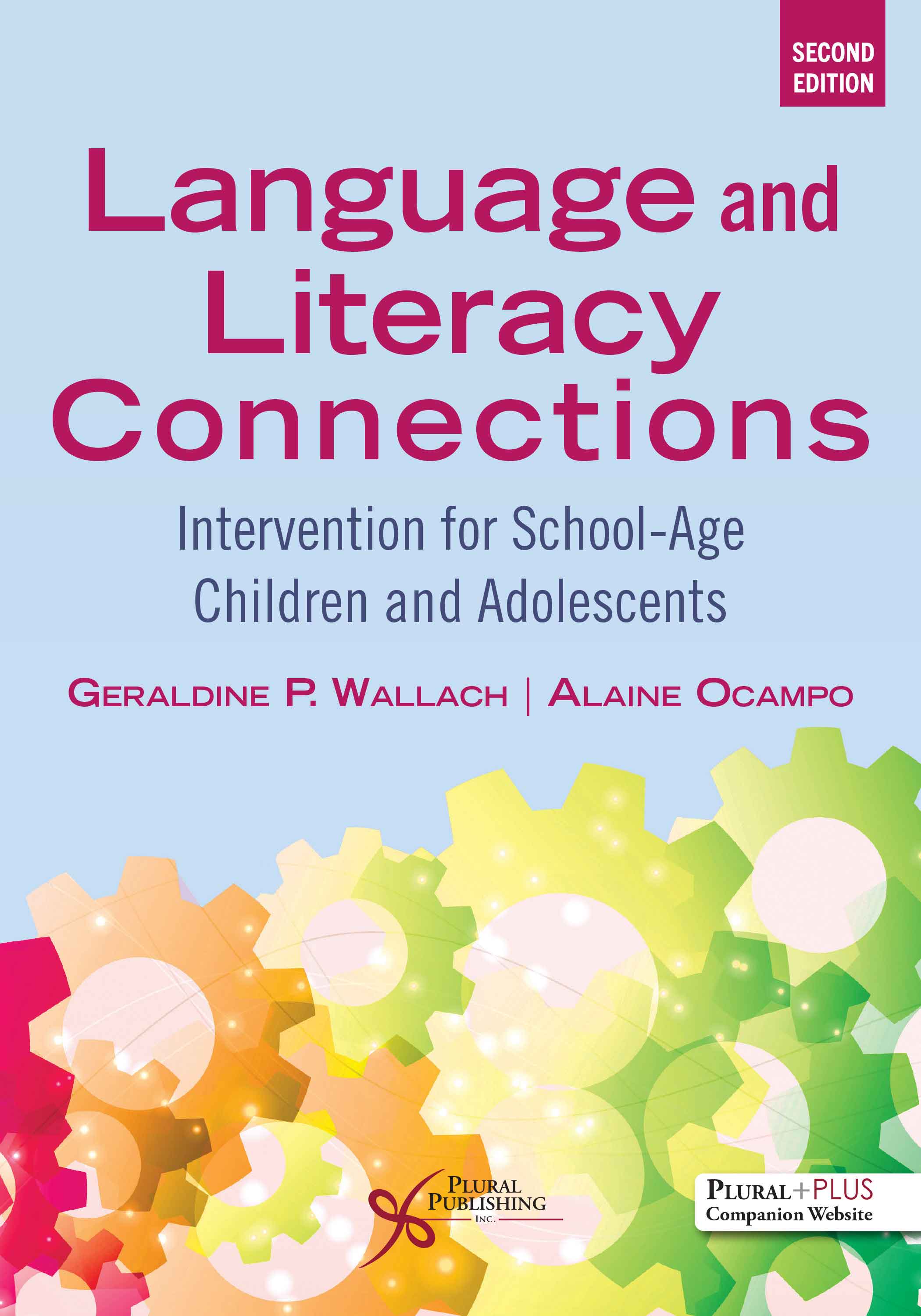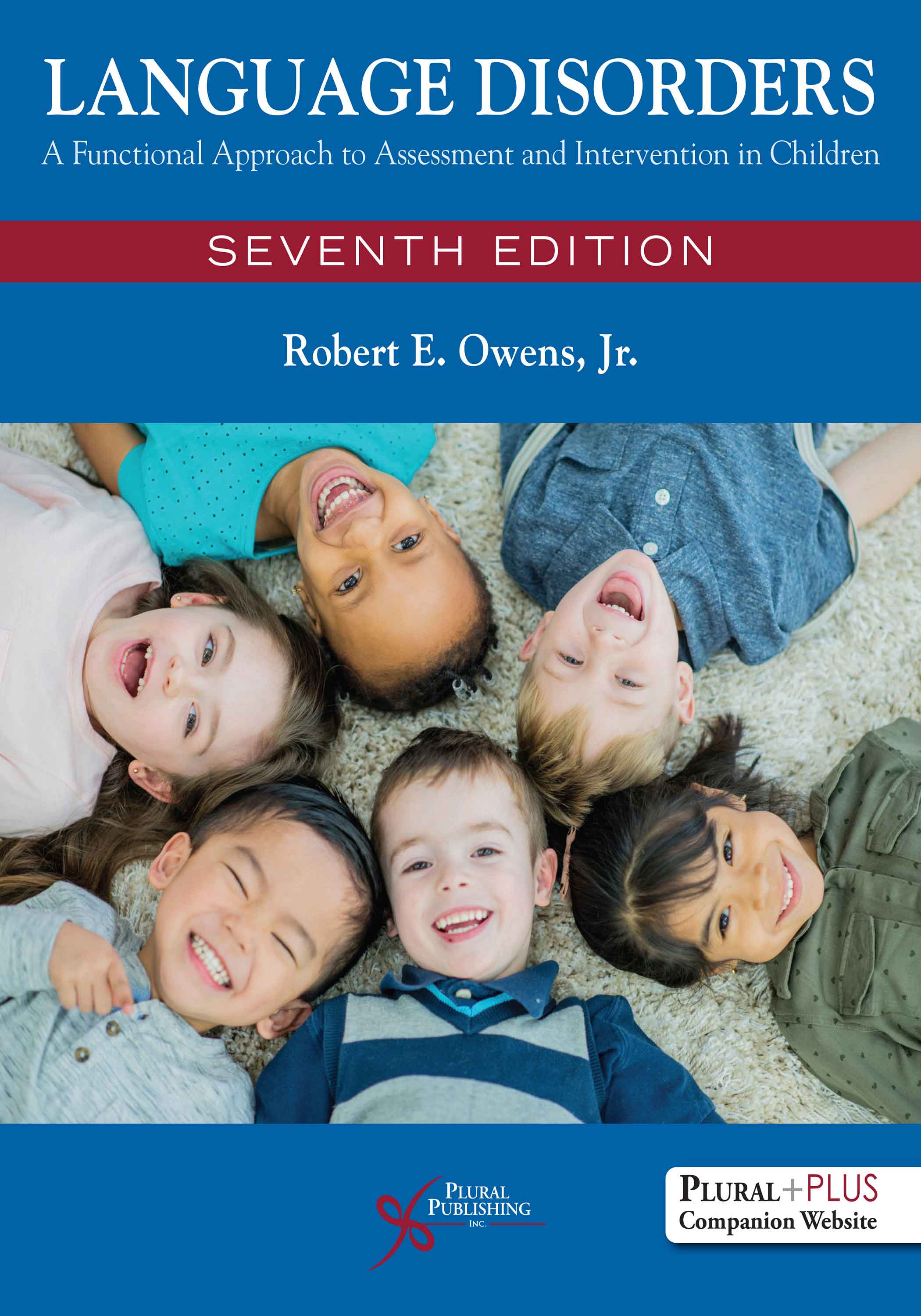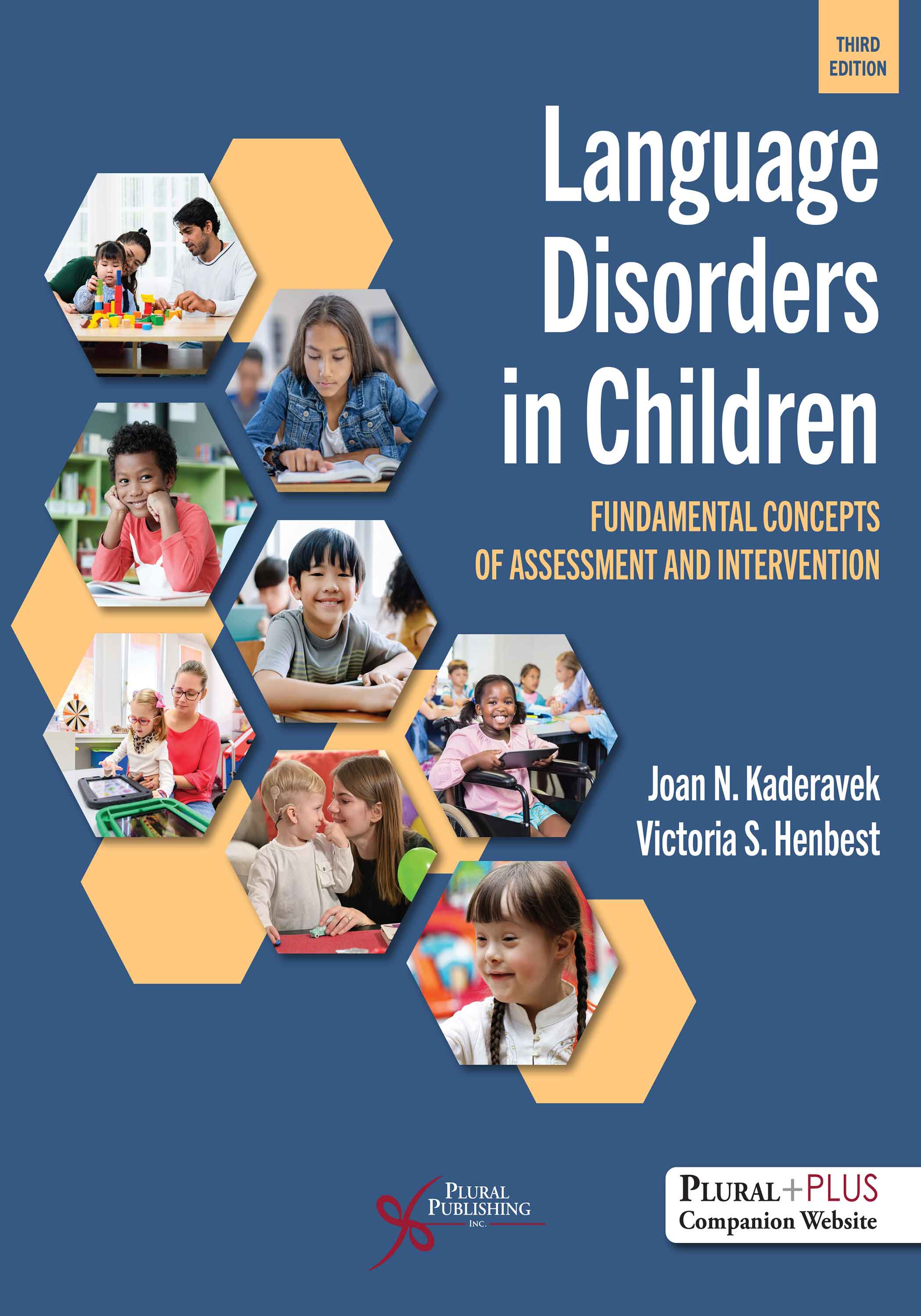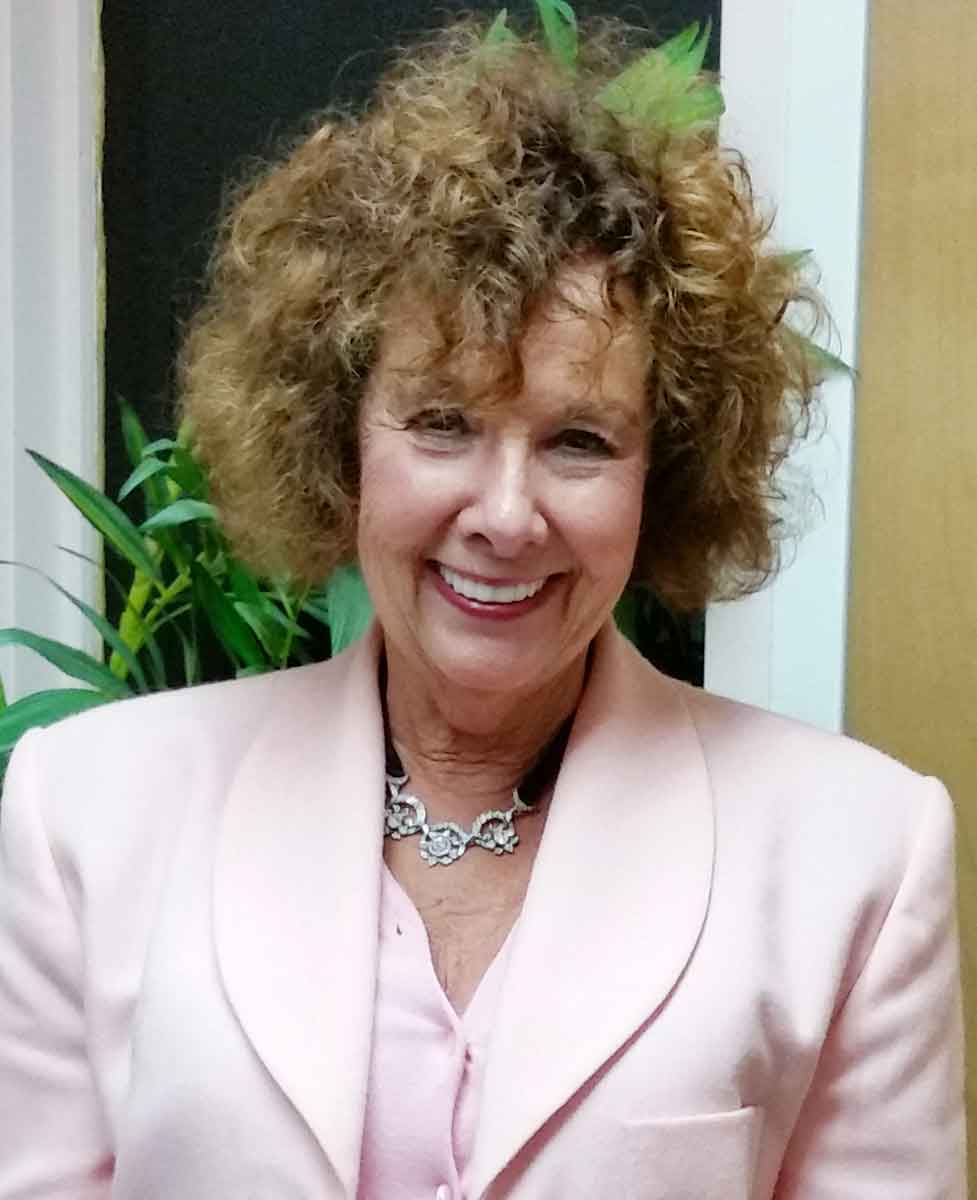
Language and Literacy Connections: Intervention for School-Age Children and Adolescents
Second Edition
Geraldine P. Wallach, Alaine Ocampo
Details: 351 pages, B&W, Softcover, 7" x 10"
ISBN13: 978-1-63550-730-0
© 2026 | Available
For Instructors
Purchase
This Text Unravels the Connections Between LANGUAGE & LITERACY!
Language and Literacy Connections: Intervention for School-Age Children and Adolescents, Second Edition takes readers on a path of knowledge steeped in principles and practical applications. Integrating language learning, disorders, and literacy together in a coherent and cohesive narrative, it covers the challenges facing school-age students from early elementary levels through high school. Using past and current research from speech-language pathology (SLP) and reading and literacy arenas, the authors present transcripts, cases, and detailed intervention sessions to provide a template for daily practice. The text provides some answers to one of the most complex, yet basic, questions: “Why am I doing this?”
The text has four major goals: (1) to encourage readers to evaluate past and current clinical and educational practices in language intervention at school-age levels; (2) to present intervention goals and activities that are theoretically-sound but may require further research scrutiny; (3) to explore aspects of curriculum-relevant language intervention for students with language learning disabilities; (4) to provide guidelines for school-based practitioners that clarify how professionals with diverse backgrounds and roles share responsibility in language, literacy, and academic programming. With its strong focus on language and language disorders, this text serves as a valuable resource for teachers and other specialists who collaborate with school-based speech-language pathologists (SLPs) to support students with language learning disabilities (LLD).
New to the Second Edition
- A new chapter, “Application Activities to Stretch Your Knowledge,” includes problems with possible answers and rationales that review significant concepts in language and literacy with a focus on adolescents
- A road map to scenarios and reports and key information at the beginning of the text
- Application activities in Chapter 10 with icons that highlight easy access to key information and connections with understanding the “Whys”
Key Features
- Questions at the beginning of each chapter that reflect concerns of SLPs and their teams
- Projects and assignments that supplement and review the material
- Examples of teaching modules with practical lesson plans that integrate the role of SLPs in Interprofessional Practices (IPP) while explicitly addressing the curriculum across a variety of subject areas
Praise for the First Edition
"Readers will enjoy the clear structure to each chapter of this book, beginning with a summary statement and key questions that the reader should consider as they are moving through the content of the chapter and ending with reflective discussion points and projects. These encourage the reader to actively engage with and apply the content from the chapter in practice. This is highly useful for university students but also for experienced clinicians, lending itself well to being completed during clinical supervision or as part of a journal club. The authors’ focus on clinician self-reflection is clear throughout the book and multiple checklists for self-reflection are provided to help clinicians effectively evaluate their current practice. ...Overall, this is a must have book for university students, experienced clinicians who are new to working with students from Years 3-4 upwards with concomitant language and literacy difficulties, or those who are working towards integrating more written language into their intervention.
...It is a thought provoking read as it respectfully challenges long held, popular intervention practises due to the lack of robust research evidence or relevance in helping students to successfully access the school curriculum and helps guide clinicians towards alternatives. Readers can expect a comprehensive guide to the evidence base for this population and many practical examples of goals, intervention approaches, road maps for intervention and session scripts, so that it will quickly become a book that the reader reaches for regularly when setting goals and planning intervention for their caseloads in the future.”
–Shelley Hornberger, CCC-SLP, CertMRCSLT in Child Language Teaching and Therapy journal (February 2022)
PluralPlus Online Ancillaries
For instructors: PowerPoint Slides, Test Bank
For students: Videos, Case Studies, Forms/Documents
Foreword
Preface
Acknowledgments
Quick Reference: Road Map to Topics and Cases (Table A)
Part I: Conceptual Frameworks for Consideration
Chapter 1. Innovative Language-Literacy Intervention, Principles and Strategies for Success: What It Takes to Get There
Summary Statement
Questions for Chapter 1
Forming a Framework for Language Intervention, Some Beginnings: What Is Your Definition of Language? Of Literacy?
On Language
On Literacy
Brief Summary of Definitional Issues
Aspects of Knowledge Needed in Clinicians’ Toolboxes: Peeling Away Some Misconceptions and Moving Forward
Keeping Definitional Issues in Mind: Language Has Layers
Keeping a Broad-Based Perspective: The Forest Versus the Trees
Getting Beneath Isolated Symptoms of Language Learning Problems: “Tip-of-the-Iceberg” Phenomenon
Appreciating the Reciprocity Among Systems: Beware the One-Way Street Interpretation
Approaching Assessment and Intervention With an “Inside” and “Outside” Perspective: External Factors Matter
A Mini-Summary
Getting to Innovative Language-Literacy Intervention: Where Do We Go From Here?
Language Roots Provide a Familiar Framework for Speech-Language Pathologists as They Embrace Roles in Literacy Learning
To Conclude and Move Forward
Reflections and Projects for Chapter 1
Chapter 2. The Continuum of Language Disorders and Learning Disabilities: Definitional and Eligibility Issues From Historical and Current Perspectives
Summary Statement
Questions for Chapter 2
Introductory Thoughts
Definitions and Diagnostic Labels: Interesting Interactions for Clinicians to Note
Language Disorders Terminology
Learning Disabilities Terminology
Related and Intersecting Terminology: Language at the Core?
Additional Terminology: Alive and Well in Schools (and Other Places)
Partial Summary: Language, Language Disorder, and Reading Along a Continuum
An Introductory Road Map of Language Disorders and Language Learning Over Time
Labels Revisited: Disorders Viewed on a Continuum of Change
Language Learning on a Continuum of Changing Styles, Contexts, and Demands
The Path From Language Disorders to Learning Disabilities
Reciprocity
Illusionary Recovery
Populations Revisited: Alternatives in Our Midst?
Statistics Suggest Some Patterns Within Schools
The Evolution of Response to Intervention
Some Key Takeaways for Speech-Language Pathologist and Collaborators
Looking Ahead
Reflections and Projects for Chapter 2
Scenarios: Language and Learning Disabilities
Scenario 1
Scenario 2: Eligibility Considerations
Reflections and Projects for Chapter 2
Chapter 3. Integrating Spoken and Written Language: How Early Does Becoming Literate Begin?
Summary Statement
Questions for Chapter 3
Social/Communicative Language and Academic Language: A River and Highway Intersecting Across Time
The Conversations in Early Reading Routines: A Social Experience Connected to Academic Success
Scenario 1
Scenario 2
Scenario 3
What the Scenarios Say to Us
Print Awareness: Another Bridge to Literacy
Scenario 4
Language Intervention Within Literature-Based Frameworks: Pulling the Pieces Together by Linking the Forest and the Trees
Scenario 5
Scenario 6
Summary Points From the Scenarios: Early Reading Routines, Print Awareness, and Literature-Based Frameworks Meet on the Road to Literacy
The Horizon Looms Large: Connecting Early and Later Literacy Experiences
Fast Forward to Grade 5
The Continuum Revisited: Keeping the “Big Picture” in Mind
The Early Stage (Preschool and Very Beginnings of School: Kindergarten and Grade 1)
The Middle Stage (Grades 2–6)
Advanced Stage (Grades 5–6 and Beyond)
In Closing for Now
Reflections and Projects for Chapter 3
Chapter 4. From Preliteracy to the Literacies of School: How Curriculum-Relevant Intervention Begins
Summary Statement
Questions for Chapter 4
Curriculum-Based Intervention: Some Beginnings
Math Is Language and a Symbol System on Top of an Existing Symbol System
Examples From Grade 6 Provide Additional Insights Into the Complexity of Language in Curricula Content
Opportunities for Speech-Language Pathologists: What Language Do Our Students Need to Access and Acquire Curricular Knowledge?
Reflections: What the Math Examples Say to Us
Curriculum-Relevant Intervention Continued: A Historical Example
Reflections: Speech-Language Pathologists and History
Curriculum-Relevant Intervention Continued: A Look at Science
A Closer Look at the Language of Science: What Speech-Language Pathologists Need to Know
In Sum: The Importance of Understanding Disciplinary Literacy
For Speech-Language Pathologists, the Following Points Might Be Highlighted
Roles and Responsibilities: Introduction to the Long Road to Clarification
Revisiting Clinicians’ Perceptions About Daily Practice: Roles in Literacy and Beyond
Thoughts on Shared Responsibilities in Literacy
Ending Comments
Reflections and Projects for Chapter 4
Content-Area Excerpts
Part II: A Bridge to Ongoing Practical Applications
Chapter 5. Exploring Elements of Processing and Comprehension: Areas Often Misunderstood at School-Age Levels
Summary Statement
Questions for Chapter 5
Second Language Learning Experiences: Do They Help Us Understand Language Disorders and Related Symptoms?
Processing and Comprehension Challenges in French: Based on a True Story
The Language Participants
First Scenario
Second Scenario
Last Scenario
What the Scenarios Say to Clinicians: Factors to Consider When Creating Language Intervention Goals
Cases in Point: Perceptual and Language Knowledge Revisited
Auditory Discrimination and New Vocabulary
Auditory Figure-Ground and Language Proficiency
Some Classic Missteps
Case 1
Case 2
Case 3
Case 4
Where Do the Cases Take Us?
Beware of Quick and Easy Answers
Concepts From Information Processing Theory Offer Insights Into Language Learning Disabilities
The Concept of Mental Models
The Idea of Competing Resources
The Role of Automaticity
From Information Processing Considerations to the Metalinguistic Component
Reflections and Projects for Chapter 5
Chapter 6. What Language Intervention “Looks Like” at School-Age Levels: The Intervention –Assessment Connection
Summary Statement
Key Questions for Chapter Six
Who Should Be Called “Language Disordered”? Selected Thoughts Revisited
Principles of Assessment at School-Age Levels: Broader Paths to Intervention
Consider the Following Five Assessment Principles
Five Assessment Takeaways
Snapshots From Clinical Sessions That Demonstrate Aspects of What Language Intervention “Looks Like” at School-Age Levels
Snapshot #1
Snapshot #2
Snapshot #3
Snap Shot #4 (Taking a More In-Depth Look at a Language Intervention Session)
Snapshot Summary: A Review of Our Five Principles and Beyond
Asking Additional Questions About School-Age Intervention
Language Underlying Academic Tasks
The Knowledge, Skills, and Strategies Triad
Question Summary
Taking a Closer Look at What Intervention Goals Might Look Like
Going Back to the Theoretical Base for Additional Examples of Intervention Directions
Sentence Comprehension: Some General Points
Sentence Comprehension: Some Classics From the Psycholinguistic Literature
From Theory to Practice: How Might We Bridge the Gap?
A Phonemic Segmentation Cover Sheet
From the Student to the Context: Back to Classroom and Curricular Concerns
The Culture of Schools Encased in Teacher Talk: More of What It Takes
Curricular Issues Revisited: Even More “What It Takes” Examples
Some Preliminary Closing Thoughts: What It Must Be Like to Have a Language Disorder
Intervention Is a Complex Balance of Many Variables: Chewing Gum and Walking at the Same Time
In Closing
Reflections and Projects for Chapter 6
Chapter 7. Seeing the World Through Connected Text: Bringing Structure and Content, Macro
and Micro Pieces Together (Part 1)
Summary Statement
Questions for Chapter 7
What Written Language Samples May Tell Us
Dissection of the Mars Piece: Keep the Disciplinary Literacy of Science in Mind
Microstructure
Disciplinary Literacy Revisited: Keep Science in Mind
Summary: From Written Samples, to Textbooks, To Knowing Text Requirements
Discourse Sampling and Additional Resources for Consideration
A Useful Discourse Protocol
Students With Language Learning Disabilities and the Hadley Protocol
Narrative and Expository Text: Taking an Even Closer Look
Additional Patterns in Connected Text: Selected Examples From the Field
Revisiting Some Generalities About Text and Text Processing
Moving On
Acknowledgments for Chapter 7
Reflections and Projects for Chapter 7
Chapter 8. Seeing the World Through Connected Text: Bringing Structure and Selected Micro Pieces Together (Part 2)
Summary Statement
Questions for Chapter 8
Syntactic Skill and Word Knowledge: Moving Toward Successful Strategic Acquisition and Use
Syntactic Considerations
Helping Students Appreciate, Recognize, and Use Literate Forms
A Closer Look: Word Knowledge and Skill
Word Savvy Summary: A Curriculum Connection Worth Repeating
What “Strategic” Language Intervention Looks Like
Selected Samples to Help Students Become More Strategic
School’s Back in Session: An Integration of Components and Disciplinary Literacies of Science and Social Studies
Science Revisited
Creating Authenticity: A Pragmatic Notion
Using Accessible Text to Create Content Knowledge
Understanding the Text Itself: Matching Text Activities to Content-Area Subjects
History Repeats Itself: Some Reminders
Toward a Summary: Macro and Micro Components Come Together in a Backdrop Drawn From Classroom Content
Stop Light Organization
Really Finally
Acknowledgments
Reflections and Projects for Chapter 8
Part III: Toward a Summary
Chapter 9. Back Into the Field: Starting to Pull the Missing Pieces Together
Summary Statement
Questions for Chapter 9
State-of-the-Art in Public Education: Finding a Collaborative Balance
Brief Thoughts as We Look Back
State Standards: An Example of Keeping Language Functional and Relevant
English Language Arts Content
From Grades 7 and 8
From Grade Five
Looking Across the State Standards
Explicit Common Core State Standards Connections With Disciplinary Literacy
Examples of an In-Class History Lesson for Middle School (Sixth Grade)
Reading History
Sample Lesson
The Middle Kingdom
Keep the Conversation Going
Reflections and Projects for Chapter 9
Chapter 10. The End Becomes a New Beginning: Evaluating Intervention Sessions and Sequences
Summary Statement
Questions for Chapter 10
Why Am I Doing This? A Meta-Exploration of Selected Cases and Strategic Activities
Activities: At-a-Glance
Case: Linking Strategies With “The Why’s”
Activities Focused on Vocabulary/Word Knowledge
Activity 1: Brainstorming
Activity 2: Rating Checklist
Activity 3: Predict-O-Gram
Activity 4: Poetry
Activity 5: Sentence/Paragraph Completion Task
Activity 6: Curriculum-Based Cohesion Task
Activity 7: Multiple Meanings
Activity 8: Before/During/After Reading Strategies
Activities Focused on Literate-Style Forms in Both Reading and Writing
Activity 9: Persuasive Writing Frame
Activity 10: Understanding Passive Forms
Activity 11: Paraphrasing
Ending on a Positive Note
Chapter 11. Application Activities to Stretch Your Knowledge
How Would You Respond to Each Problem?
Problem 1
Problem 2
Problem 3
Problem 4
Problem 5
Problem 6
Problem 7
Problem 8
Problem 9
Problem 10
Problem 11
Problem 12
Answer Options and Rationales for Problem 1
Correct Answer
Answer Options and Rationales for Problem 2
Answer Options and Rationales for Problem 3
Answer Options and Rationales for Problem 4
Answer Options and Rationales for Problem 5
Answer Options and Rationales for Problem 6
Answer Options and Rationales for Problem 7
Answer Options and Rationales for Problem 8
Answer Options and Rationales for Problem 9
Answer Options and Rationales for Problem 10
Answer Options and Rationales for Problem 11
Answer Options and Rationales for Problem 12
Appendices
References
Language and Literacy Connections: Intervention for School-Age Children and Adolescents, Second Edition comes with access to supplementary student and instructor resources on a PluralPlus companion website.
The companion website is located at: https://www.pluralpublishing.com/publication/llc2e
STUDENTS:
The student resources include Videos, Case Studies, and Forms/Documents.
To access the student resources, you must register on the companion website and log in using the access code located in the front of your textbook.
INSTRUCTORS:
The instructor resources include PowerPoint Slides and Test Bank. You will also have access to all of the student resources listed above.
To access the instructor resources, you must contact Plural Publishing, Inc. to be verified as an instructor and receive your access code.
Email: instructormaterials@pluralpublishing.com
Tel: 866-758-7251 (toll free) or 858-492-1555
*Note for students: If you have purchased this textbook used or have rented it, your access code will not work if it was already redeemed by the original buyer of the book. Plural Publishing does not offer replacement access codes for used or rented textbooks.

Language Disorders: A Functional Approach to Assessment and Intervention in Children
Seventh Edition
Robert E. Owens, Jr.
Details: 759 pages, 2-Color, Softcover, 8.5" x 11"
ISBN13: 978-1-63550-413-2
© 2024 | Available

Language Disorders in Children: Fundamental Concepts of Assessment and Intervention
Third Edition
Joan N. Kaderavek, Victoria S. Henbest
Details: 454 pages, 2-Color, Softcover, 8.5" x 11"
ISBN13: 978-1-63550-758-4
© 2026 | Available


